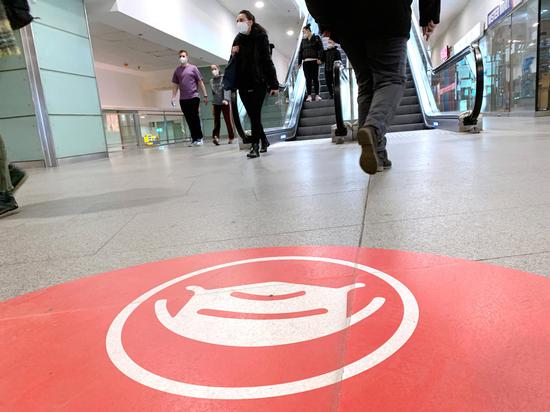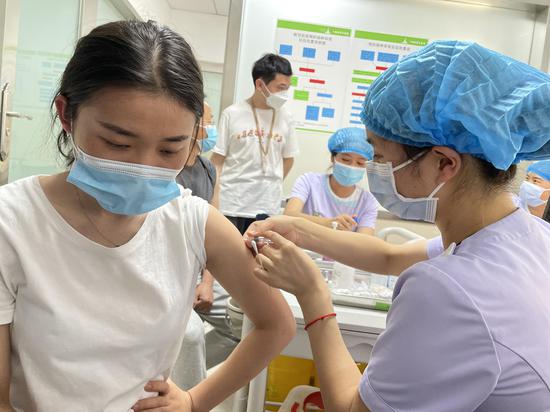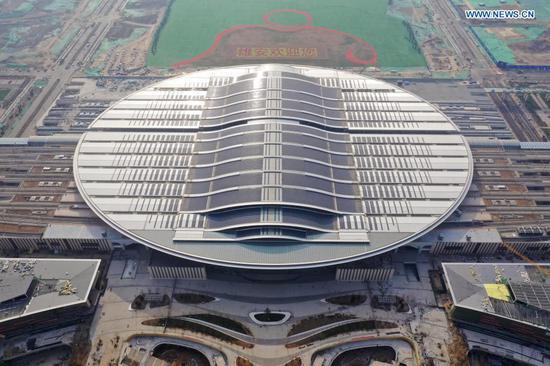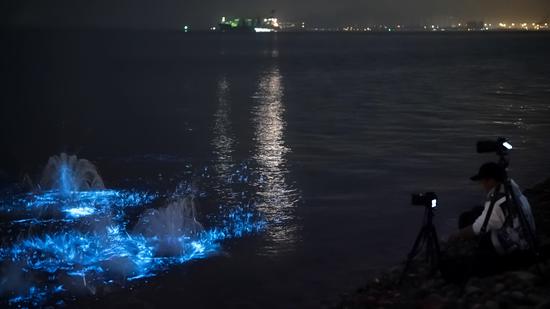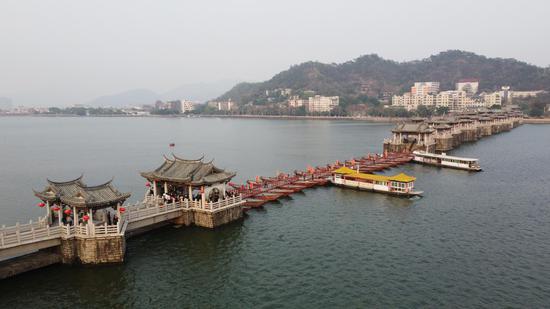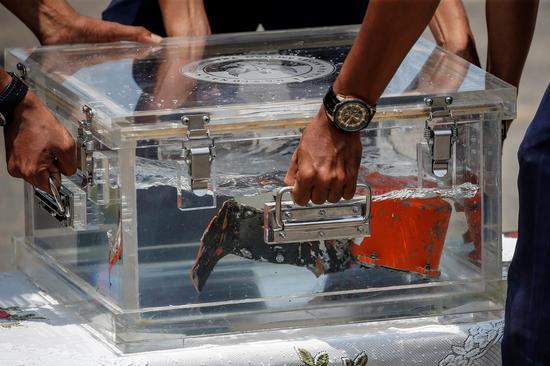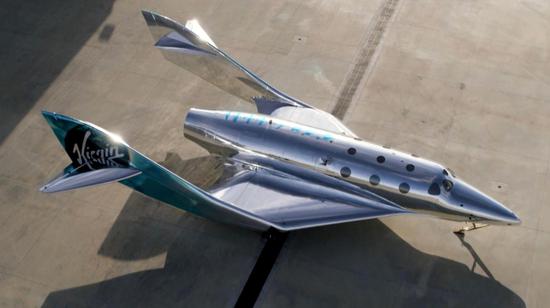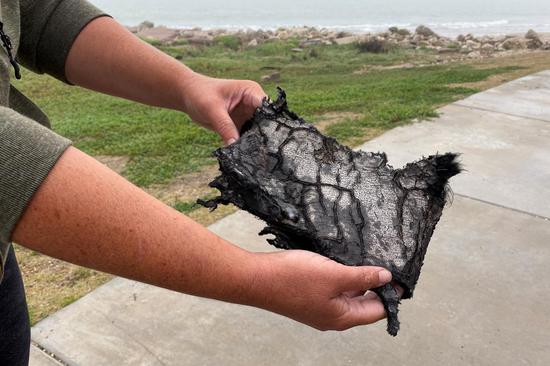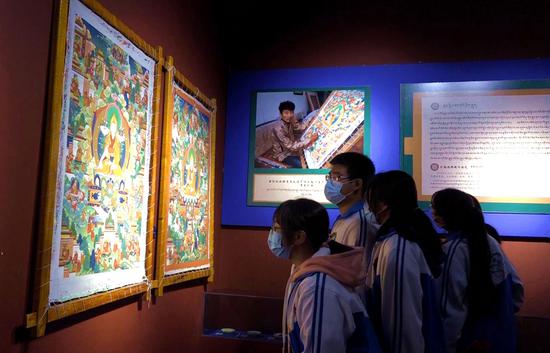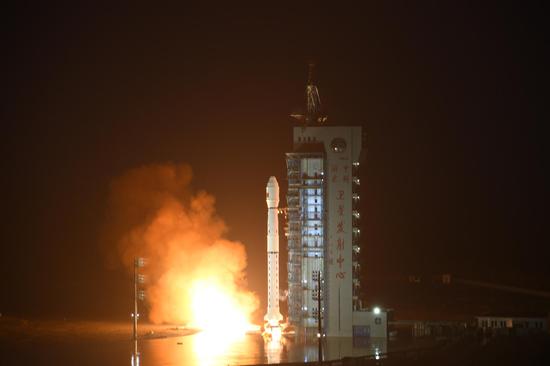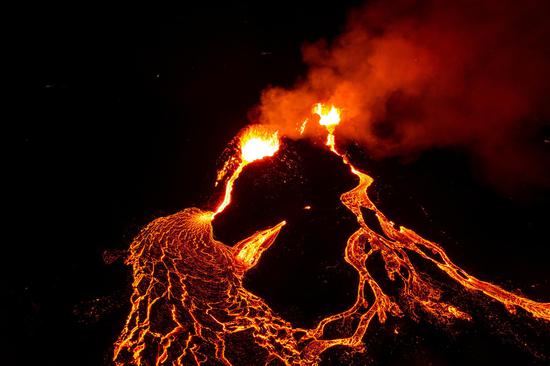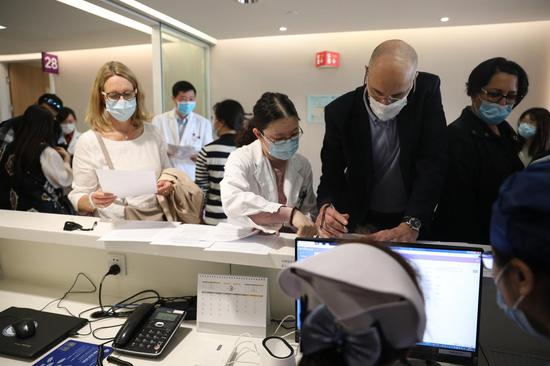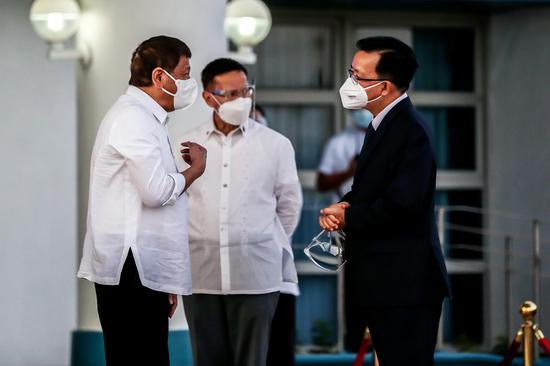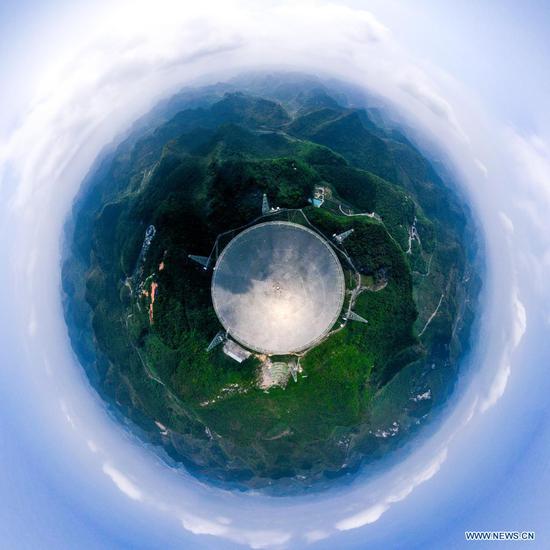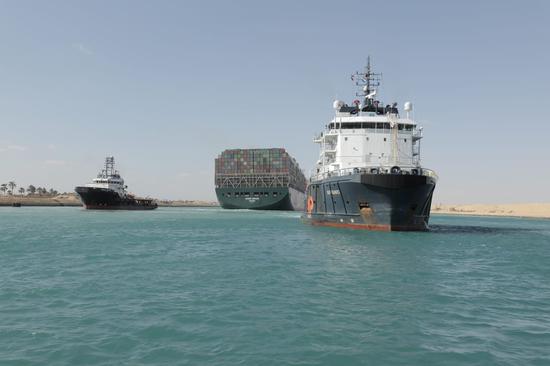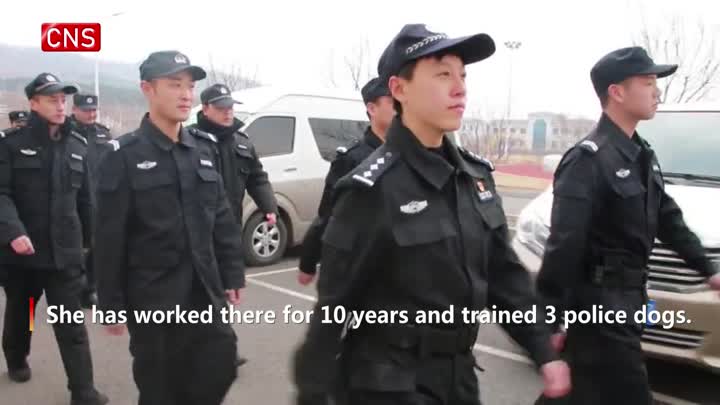
"People mocked scientific research in the 1990s and said that selling tea eggs was a better job than making atomic bombs," she said. "But I didn't give up. Major aerospace projects were launched one after another, and those days laid a foundation for China's achievements today."
Aerospace research and development requires meticulous work of the highest quality. Industry insiders said that the public only notices the successes, but a high chance of failure is the reality of such work.
Zhang said when a consultation group raised a query about a project they were working on, the team would do hundreds of experiments and tests to address their concerns.
Accountability
Zha Xuelei, who is on the same committee as Zhang at the Shanghai academy and the deputy chief designer of the Chang'e 5 probe system, said the success rate of a space flight is around 50 percent. Even successful missions have high incidences of breakdowns.
Zhang said: "If an average company encounters difficulties, it may have the opportunity to just return the money to the client and admit that they cannot do it. But we can't. There are usually more than 100 institutions and more than 10,000 workers involved in an aerospace mission and many on the big team await the success of our steps to carry on that mission."
Women are usually in the minority of aerospace project teams, but Zhang said she rarely encounters gender issues in her daily work.
"Women have strong perseverance and a sense of responsibility as well as advantages in team work such as observation and intelligence," she said, referring to female colleagues who worked on the Chang'e 3 and Cheng'e 4 missions.
Zhang said when she worked at the Wenchang Space Launch Center in Hainan province, she would often look up to the starry sky and think of what lay ahead for her and her colleagues.
"We'll go farther with our space probes for sure, which may broaden people's understanding of humanity's past and future and find potential options for the Earth as its resources are limited," she said.


















